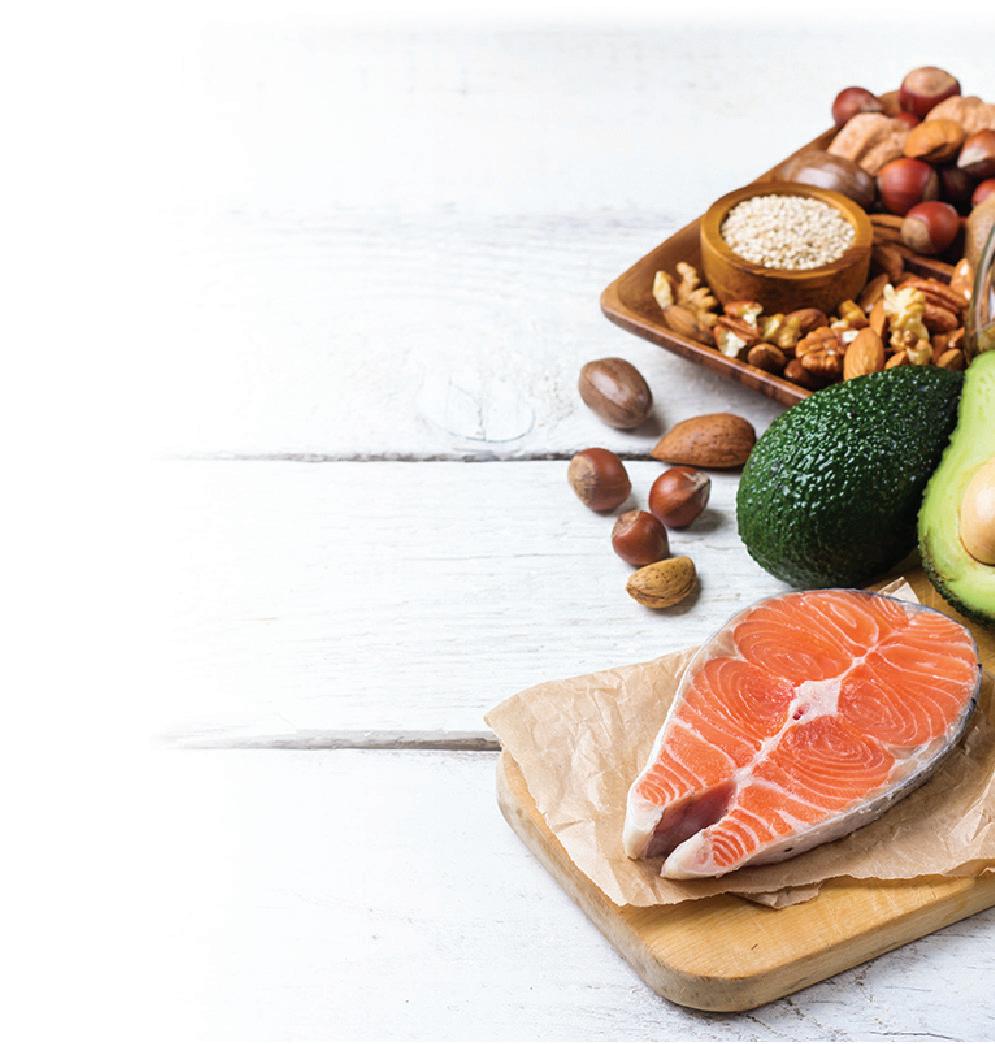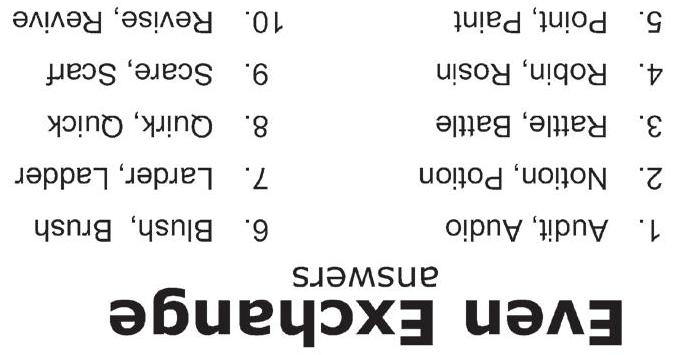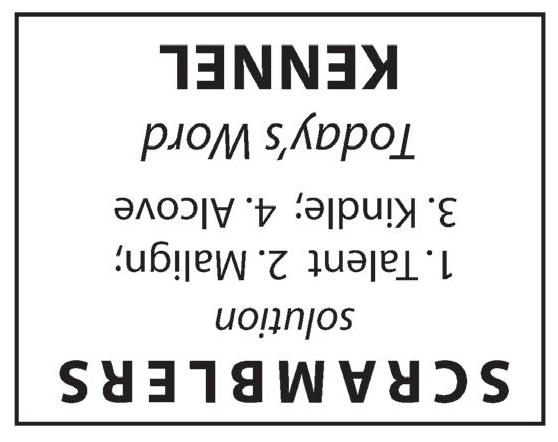
3 minute read
The Healthy Geezer






The Healthy Geezer Numerous fi ber sources can help with cholesterol
BY FRED CICETTI
QDoes fi ber in your diet reduce cholesterol?
AThere are two types of fi ber: soluble and insoluble. Soluble fi ber is acted upon by the normal bacteria in your intestines. Insoluble fi ber is not digested by the body and promotes regularity and softens stools. Wheat bran, whole grain products and vegetables are good sources of insoluble fi ber.
Soluble fi ber appears to reduce your body’s absorption of cholesterol from the intestines. Oatmeal contains soluble fi ber that reduces your low-density lipoprotein (LDL), the “bad” cholesterol that can increase your risk of heart attacks high in calories, so use them as replaceand strokes. This type of fi ber is also found ments for high-calorie foods with high in such foods as kidney beans, Brussels levels of saturated fats. sprouts, apples, pears, barley and prunes. Omega-3 fatty acids in fi sh are noted for
The American Dietetic Association rec- lowering triglycerides, another form of fat ommends a healthy diet include 20 to 35 in your blood. They also benefi t the heart grams of fi ber a day, including both sol- in other ways. The highest levels of omeuble and insoluble fi ber. (Soluble fi ber ga-3 fatty acids are in mackerel, lake trout, should make up 5 to 10 grams of your fi - herring, sardines, albacore tuna and salmber intake.) However, Americans only con- on. Other good sources of omega-3 fatty sume about half that amount. acids include fl axseed, walnuts, canola oil
There are other foods that work against and soybean oil. cholesterol. Some foods are fortifi ed with plant sub-
Soy protein, found in such products as stances called sterols or stanols, which tofu, soy nuts, soy milk and soy burgers, are similar in structure to cholesterol; this can help lower blood levels of LDL choles- helps them block the absorption of choterol, particularly when it’s substituted for lesterol in the intestines. Margarines and animal protein. Ingesting 25 to 50 grams orange juice that have been fortifi ed with of soy protein a day lowers LDL cholester- plant sterols can help reduce LDL cholesol by 4% to 8%. That’s a lot of soy. People terol by more than 10%. with the highest cholesterol levels seem The American Heart Association recomto benefi t the most from soy protein. mends that foods containing plant sterols
Women with breast cancer or who are should be reserved for adults requiring at high risk of breast cancer should con- lower total and LDL cholesterol levels besult with their doctors before eating soy, cause they are at high risk of — or have because it is not clear how these plant es- had — a heart attack. trogens might aff ect them. You may want to try eating more sol-
Studies have shown that walnuts can uble fi ber, soy protein, walnuts and fatty signifi cantly reduce cholesterol levels in fi sh. The next step would be the addition the blood. Rich in polyunsaturated fatty of foods fortifi ed with plant sterols. Eating acids, walnuts may also help keep blood a combination of these cholesterol-lowervessels healthier and elastic. ing foods increases the benefi t.
When walnuts represent 20% of the cal- Of course, if you’re a geezer and you ories in a cholesterol-lowering diet, they plan to make a change in your habits that reduce LDL cholesterol by 12%. Almonds could aff ect your health, it is recommendappear to have a similar eff ect. All nuts are ed that you consult your doctor fi rst.









